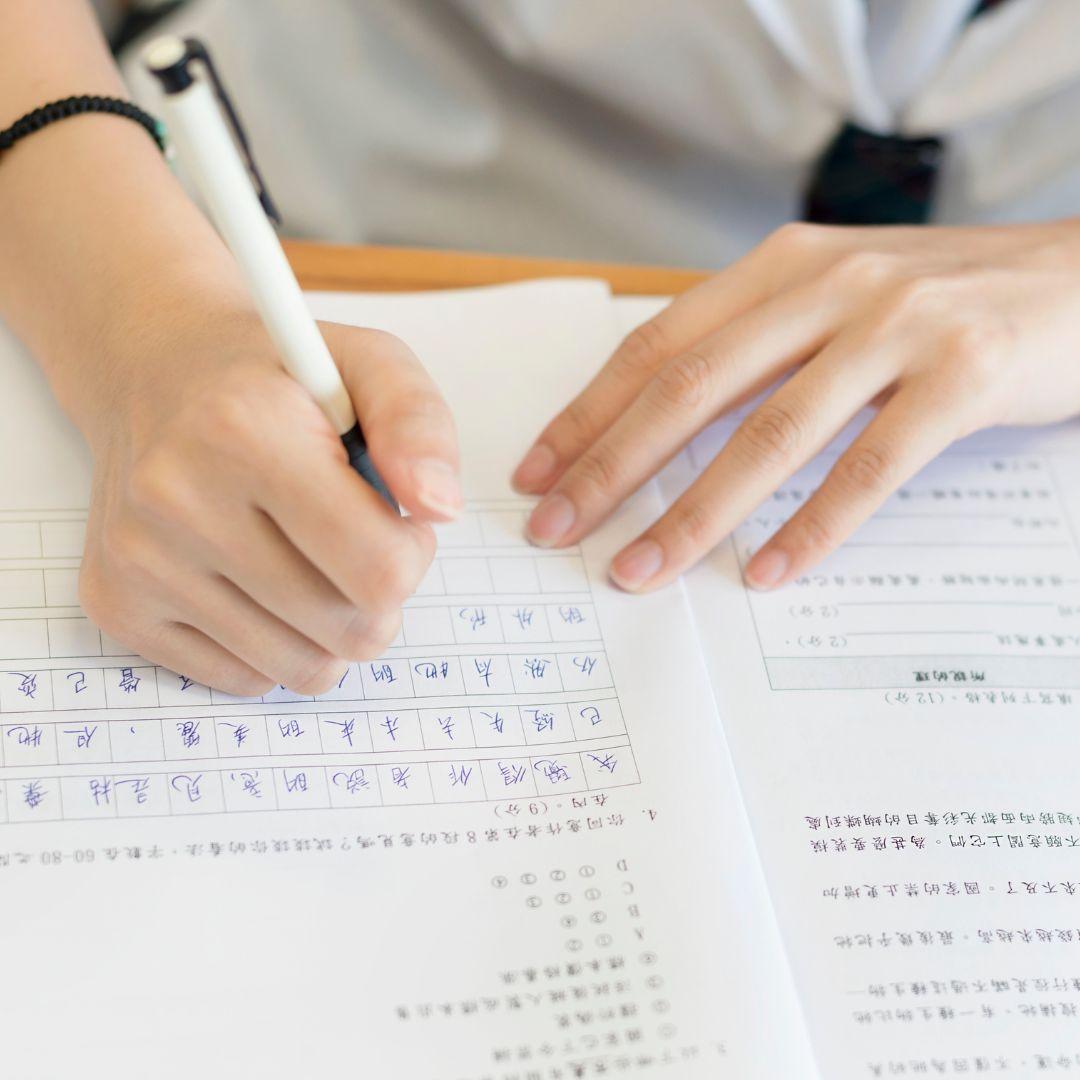Have you been learning Mandarin for a little while and are wondering how to assess your Chinese level? There are several different ways to test your skills, depending on what area of skills you want to assess and where in the world you want to use your qualifications.
Why assess your Chinese level?
Not everyone learning Chinese necessarily needs to take a test. But if you’re a non-native speaker and would like to study, take an internship or work in China or Taiwan, it’s a useful way of determining if your current skills are enough to achieve your goals.
In fact, if you’d like to study at a university in China or Taiwan, or would like to apply for certain jobs there, passing a formal Mandarin test is usually an application requirement. The required level will depend on the programme or position, and the assessment will depend on which country you’d like to go to.
Certification recognised in China and internationally
The most well-known Mandarin test is the ‘Hanyu Shuiping Kaoshi’ (汉语水平考试), known as the HSK for short. Recognised both in mainland China and globally, the HSK tests Mandarin language proficiency, with an emphasis on range of vocabulary.
There are currently six main levels to take (with an additional three more advanced levels recently announced). For more in-depth information about the test and how to register for it, check out our blog post about the HSK.
Although the HSK is recognised internationally, it isn’t accepted as a form of proof of Mandarin level in Taiwan when applying for its universities, which has its own assessment system.
Certification recognised in Taiwan
Instead of Mainland China’s HSK, Taiwan uses the Test of Chinese as a Foreign Language (TOCFL) as a standardised assessment for Taiwanese Mandarin.
There are currently four proficiency bands: Novice, Band A, Band B, and Band C, and each band is split into two levels.
Both the HSK and TOCFL’s levels are designed to align with the six levels of the Common European Framework of Reference for Languages (CEFR). The main difference between the two Mandarin tests is that the TOCFL generally requires a higher number of words learnt for each level.
More differences between the HSK and TOCFL
The TOCFL also assesses listening, reading, speaking and writing, while the HSK mainly focuses on listening, reading, and writing. According to the official Chinese HSK website, as of January 2023, students taking HSK levels 3, 4 and 5–6 are also required to take the separate 汉语水平考试口语 ‘Hànyǔ Shuǐpíng Kǎoshì Kǒuyǔ’ (HSKK) test. This test assesses speaking skills. HSK 3 is taken with HSKK 1 (Elementary), HSK 4 with HSKK 2 (Intermediate), and HSK 5 and 6 with HSKK 3 (Advanced).
Certification recognised in Europe and America
The Common European Framework of Reference (CEFR) has been set by the Council of Europe, while the American Council on the Teaching of Foreign Languages (ACTFL) is America’s equivalent. Both have their own standardised Chinese tests, although they aren’t accepted for getting into universities and businesses in China and Taiwan.
The CEFR’s tests are split into levels A1–A2, B1–B2 and C1–C2. The ACTFL’s tests are split into Novice, Intermediate, Advanced, Superior, and Distinguished levels, with the first three further divided into Low, Mid, and High. These tests are less vocabulary-focused than the HSK and TOCFL and can’t be used to enter universities in China and Taiwan. But they can be a good way of generally judging your level if studying Mandarin in the West.
Are all of the tests’ levels the same?
While they aren’t exact equivalents, you can use a level you’ve achieved with one testing system to roughly gauge where you’d sit on another one. You can check out the different benchmarks and their equivalents here.
Considering taking an HSK exam? We offer tailored homestay language courses, including helping you with HSK exam preparation. See our language immersion programme and how to apply for it here.





